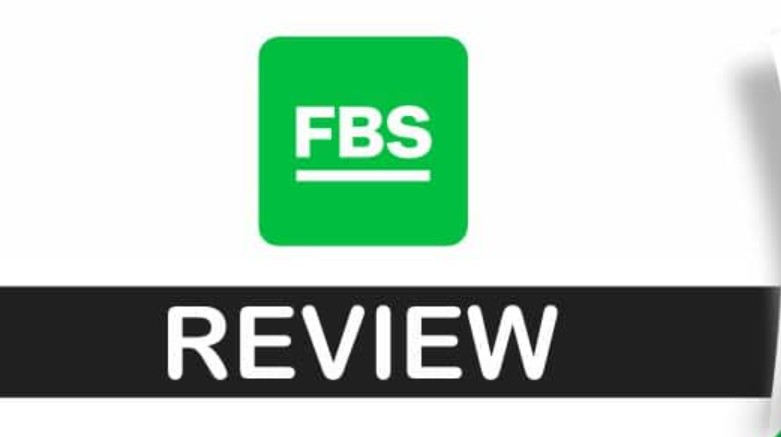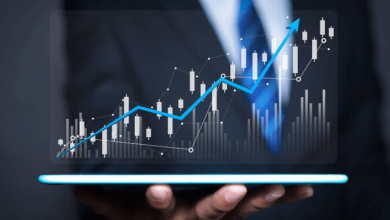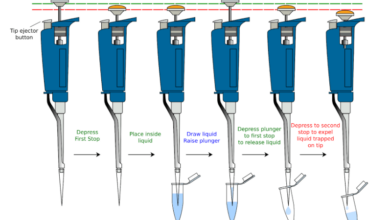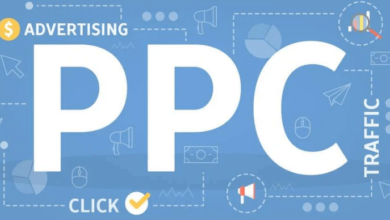FBS Review 2022: Margin and Leverage

In this FBS review, we will discuss in detail about margin and leverage in FBS brokers.
Leverage
You can trade with more money currently in your account due to leverage. What amount more? Different brokers offer various levels of leverage. On FBS,best brokers in the world under “Trading,” you may check the leverage offered by FBS.
For instance, if your leverage is 1:100, you will only need to contribute 1% of the total trade size; the broker will add the remaining 99% to complete the transaction. 2% of the trade size (1/50 = 0.02) will be required if you use a leverage of 1:50.
Why do brokers offer leverage to traders? You’ll notice that Forex lot sizes are enormous. The 0.01 lot minimum position size. For the EUR/USD currency pair, that is equal to €1,000. Not everyone will want to trade with such large amounts of cash, particularly at first. Brokers, therefore, give traders the option to invest just a tiny portion of the funds needed to finance such a trade.
Example. In USD/CAD, you want to trade 1 lot.
Situation 1:
You make your trade and provide $100,000 (1 standard lot). The broker does not offer you a loan.
Situation 2:
You only have $100 to spare. You will require a 1:1000 leverage in this situation. Your broker will contribute the final $99,900 to assist you in opening the trade with this leverage.
You can select the amount of leverage you want to employ on the FBS the best brokers in the world. The higher the leverage, the more money will be made from each pip that the price moves in your favor. Because of this, experienced traders may employ higher leverage to generate gains more quickly and significantly. Consider leveraging a springboard to help you jump higher and closer to success.
Margin
If brokers enable traders to borrow so much money from them, you might ask how they can stay in business. The margin, in other words, is what protects brokers. To establish and sustain a leveraged transaction, you must have a certain amount of money on your account, known as a margin.
When we first discussed leverage, we demonstrated how much leverage you would need to control $100,000 with just $100. In this example, the “margin” is $100. As you can see, the margin size is determined by the desired transaction size (i.e., the number of lots you wish to trade) and the leverage you have selected (you can specify the leverage for your account in your area with FBS). You will need less margin to execute a trade the more leverage you use.
You may view the columns “Balance,” “Equity,” “Margin,” and “Free margin” in your terminal’s “Trade” window. Therefore, the margin is the amount of money you have already spent; it currently serves as the funding for your open transactions.The “Free margin” box displays the amount of money still available for fresh trades. The difference between “Equity” and “Margin” will always be your free margin.
Typically, brokers determine the “margin call” level. This level corresponds to a specific margin percentage. Your broker will notify you that you need to stop the transaction or make a larger deposit to meet the minimum margin requirement if you have a losing trade and your equity reaches that level. The trading server may decide to end the trade as well.
Another level is called “stop out.” If you continuously lose money in a poor trade, it becomes apparent.If your losses bring your equity down to that point, the broker has the right to close your trading transaction immediately.
A margin call is at 40% and below at FBS. If your account equity falls to 40% of the margin or less (in our example, 40% of $100 is $40), you will receive a margin call. At FBS, a stop-out equals 20%; therefore, if your equity falls to $20 (20% of the margin and lower), your trade will be automatically closed.
For the protection of your broker, if the market moves against your position, a margin is required. Avoiding margin calls is in your best interest as a trader. If you are cautious and follow the risk guidelines




